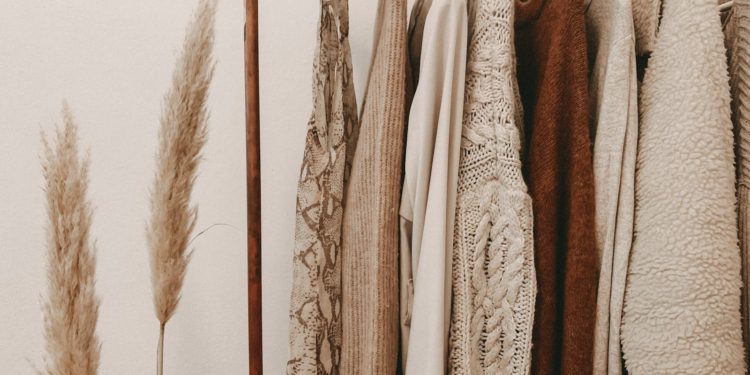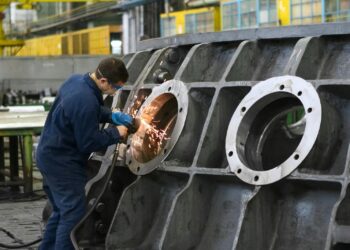Welcome to an exciting extension of our Eco Business News series, where we’ve explored the green innovations transforming our planet. After covering renewable energy, sustainable agriculture, green technology, and circular economy, we’re now strutting into sustainable fashion—because looking good shouldn’t cost the Earth. From eco-friendly textiles to ethical supply chains, the fashion industry is stitching together a more responsible future. Let’s unravel the latest highlights, weave in their significance, and add a few fun facts to keep the runway sparkling.
The Sustainable Fashion Movement: Style with Substance
Fashion is getting a green makeover, and it’s more than just a trend—it’s a revolution. In 2024, the global sustainable fashion market reached $150 billion, fueled by consumer demand for eco-conscious clothing and innovations in low-impact materials Business of Fashion. Think of it as the industry swapping fast fashion’s throwaway culture for a wardrobe that’s kind to the planet.
- Eco-Friendly Textiles: Materials like organic cotton, recycled polyester, and hemp are replacing resource-heavy fabrics. Organic cotton uses 71% less water than conventional cotton—talk about a thirst-quenching choice! Textile Exchange
- Second-Hand Chic: The resale market is booming, with platforms like ThredUp and Depop making pre-loved fashion a $50 billion industry. Fun fact: Buying a second-hand jacket saves the equivalent CO2 emissions of driving 20 miles!
- Ethical Supply Chains: Brands are prioritizing fair wages and safe working conditions, with blockchain tech ensuring transparency from farm to closet Fashion Revolution.
A recent X post from a sustainable fashion advocate noted that adopting circular fashion models could reduce the industry’s carbon footprint by 25% by 2030, proving style can be a force for good World Economic Forum.
Spotlight: Innovators Redefining Fashion
Sustainable fashion is bursting with creativity, and startups are leading the charge. Pangaia is creating biodegradable sneakers and T-shirts made from seaweed and eucalyptus fibers, which decompose naturally at the end of their life Pangaia. Meanwhile, Reformation uses AI to optimize its supply chain, cutting waste by 20% while producing chic dresses from recycled materials Reformation.
Why it matters: These innovators are proving fashion can be both fabulous and eco-friendly, reducing the industry’s massive environmental toll—did you know fashion accounts for 10% of global carbon emissions? They’re also creating jobs in green textile production and ethical manufacturing, making sustainability the hottest look of the season.
Policy Push: Governments Set the Tone
Governments are stepping up to make fashion greener, and they’re not just window-dressing. The European Union’s Textile Strategy mandates that all clothing sold in the EU be recyclable or biodegradable by 2030, with €5 billion invested in circular fashion hubs European Commission. In the U.S., California’s Responsible Textile Recovery Act requires brands to fund clothing recycling programs, reducing landfill waste California Legislative Information. Even Bangladesh, a global garment hub, is enforcing stricter labor and environmental standards.
These policies are threading the needle for innovation. For example, grants for recycled textile tech are helping startups develop fibers from plastic bottles, while “right to repair” laws encourage brands to design durable, fixable clothing. It’s like giving your favorite jeans a longer life—legally!
Challenges and Opportunities
Sustainable fashion isn’t all seamless. Scaling eco-textiles is costly, and fast fashion’s low prices still tempt consumers. Plus, recycling mixed-fiber clothing (like cotton-polyester blends) remains a technical hurdle. But every snag is a chance to shine.
- Textile Recycling Tech: Startups are developing enzymes that separate blended fabrics for recycling, turning old sweatshirts into new threads. It’s like a magic wand for your wardrobe!
- Rental and Subscription Models: Companies like Rent the Runway are popularizing clothing rentals, letting you wear designer pieces without the environmental guilt. Think of it as Netflix for your closet.
Why This Matters for Eco-Businesses
For eco-entrepreneurs, sustainable fashion is a runway of opportunities. Whether you’re launching a brand using mushroom leather, building a resale platform, or developing tech to recycle textiles, the sector is buzzing with potential. Investors are dressing up for the occasion—60% of venture capital in fashion now targets sustainability McKinsey. And consumers are strutting their values—75% of Gen Z shoppers prioritize eco-friendly brands First Insight.
What’s Next?
Sustainable fashion is stitching a brighter future, faster than a sewing machine on overdrive. In 2025, expect breakthroughs in lab-grown leather that rivals the real thing, AI-driven design tools that minimize fabric waste, and global “fashion passports” that track a garment’s eco-credentials. The green revolution is here, and it’s dressed to impress.
Got a sustainable fashion idea or a favorite eco-brand? Drop it in the comments, and let’s style a greener tomorrow together!



















